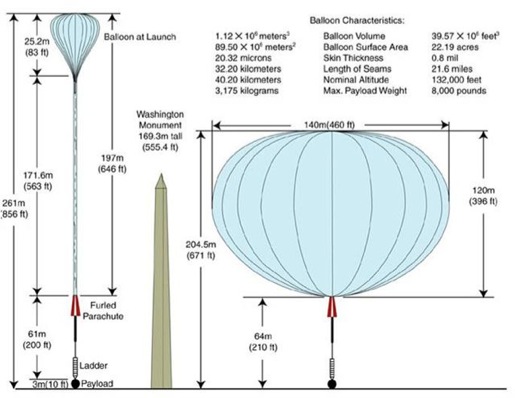


FIREBall (Faint Intergalactic Redshifted Emission Balloon) is a balloon borne experiment to measure emission from the intergalactic and circumgalactic medium (IGM & CGM). The narrow bandpass (~200 angstroms) allowed by the atmosphere is enough to probe three emissions lines (Lyman alpha, OVI, CIV), each at an individual redshift 0.3 < z < 1.0 . This emission has been predicted by simulations to trace warm, dense gas at the interface between galaxies and the reserve of gas and dark matter out of which the universe has formed.
FIREBall combines a 1m UV telescope (seen on the gondola in the image below on the right) with a fiber fed UV spectrograph. The image on the left is a picture from our first flight integration in 2007. More projects details and flight pictures to come soon.
last modified: september 2009
A little more about the balloons: NASA’s CSBF flies several campaigns of science and test balloons from sites around the world. The payloads vary wildly in size and scope - some probe atmospheric science, some probe cosmic rays, and some just make sure the balloons keep getting better. The diagram below (from CSBF) gives a fairly good representation of the balloons we fly for FIREBall.


FIREBall had a successful flight on June 8th, 2009. The flight from Fort Sumner, NM resulted in 7.5 hours of science data on three science targets. The data are currently being reduced and analyzed.
